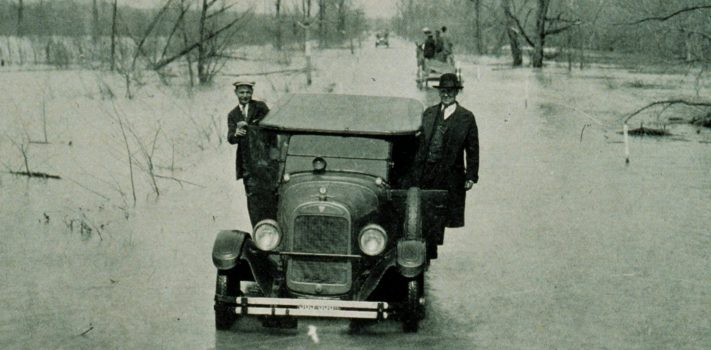I just blew up a car engine by driving through a puddle.
When I stepped out of the car, the water on that side of the car was so shallow my feet didn’t even get wet. This was a puddle.
In normal times, this is very inconvenient and pricey. During an emergency it can leave you stranded with no backup.
I talked about this with my shop’s mechanic, and the easiest fix for this is to remove the intake air tube leading up to the air cleaner assembly (filter box). This means the air intake is up behind the headlights, a much safer location.
There are no negative effects on performance–I’ve been driving without it for weeks. The only noticeable difference is an increase in induction roar (noise when you accelerate) which some of us like for feedback on how the car is moving.
I also recommend checking your backup generator and other powered equipment to ensure the intake is well above any possible floods from below, or heavy rains from above. – MZW










